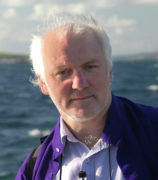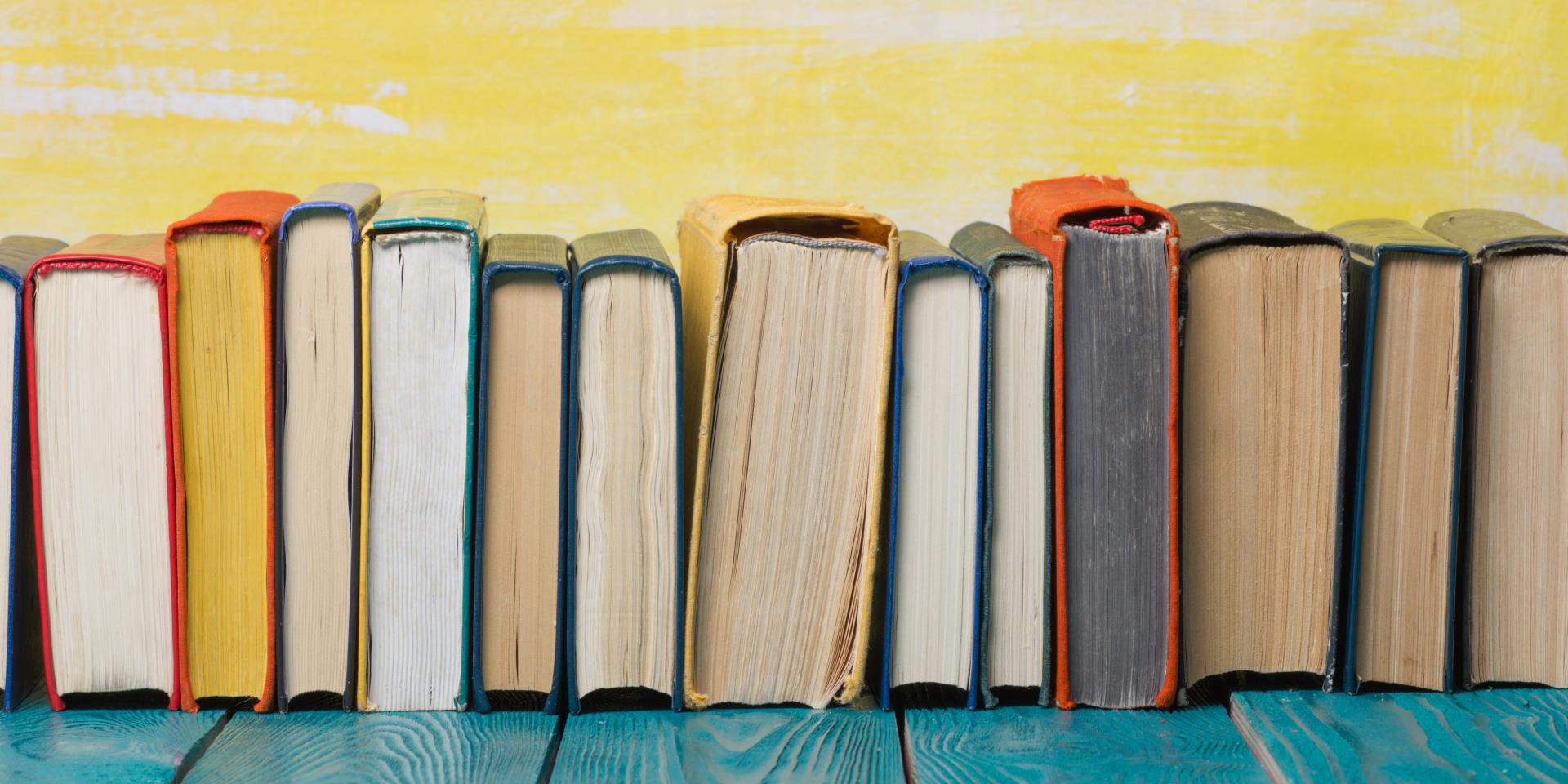It always happens. I buy a book and read it and lay it down either on a table or by my bed and next thing it has reproduced.
Suddenly there are two, or five, or 10 or a dozen or more books snuggling into each other and the pile keeps on growing. Once it gets to about 20 books on top of each other things gets risky, so a new pile starts and before I know it they too reproduce.
Nowadays I can hardly get to a chair or to my bed without turning into Ferdinand Magellan, navigating my way past the reefs of Tolstoy and Dickens on my way to the pacific ocean of my pillows.
There must be a law to cover all this, though I have yet to understand it. Maybe because I passed the Eleven-plus exam and was streamed into the A class from age 12, where I studied things like Latin and art and history and German, while my younger brother (who failed his Eleven-plus, so there!) was out in portacabins at the back of the school studying proper practical things like woodwork and navigation and physics and chemistry.
He was allowed to set fire to those marvellous things called Bunsen burners in the equivalent of Beanoland while I grappled with the intricacies of whether Pliny’s clauses were in the fourth or fifth declensions and whether the phrase “Senatus ad Regum legatos misit” was in the accusative or ablative case.
Learn it off by heart and get an A
What I’m searching for is called neatness or tidiness, of course. Maybe Latin grammar should have taught me that anyway, because everything was neatly filed away in boxes: nominative, vocative, accusative, genitive, dative, ablative. Same as Gaelic.
And then that six-boxed table taking you from the first person singular to the third person plural: amo (I love); amas (you love); amat (he/she/it loves); amamus (we love), amatis (you – plural – love), amant (they love).
Neat and tidy like socks in a proper drawer, not strewn all over the place. All you had to do was learn it off by heart and get an A in Higher Latin. So there.
Choose your rut carefully
The Eleven-plus was terrible: it confined you, at a young age, to a stream it was hard to get out of. Like those road signs they put up in Australia after the rainy seasons, when the ruts dry up and you’re advised: “Choose your rut carefully, for you’ll be in it for the next 500 kilometres”.
I also envied my brother because he did geography – colouring in as we all called it – while I studied history. He had a lovely pencil case filled with coloured pencils (which he never lost) so that he could paint the savannahs orange and the seas blue and green and the rivers brown and the mountains and rocks any shade he wanted, while I only rote-learned that in 55 BC Julius Caesar invaded Britain, and that in 844 Kenneth MacAlpin became King over Dalriada, Pictland, Lothian and Strathclyde. So he did.
There are still limitations on kids today
Things have progressed since then. I think. Though maybe not that much. Children are still born into disadvantage and though teachers do their best they cannot, on their own, equalise structural inequalities.
The Eleven-plus may have gone the way of the Picts in Scotland, but as far as I can make out scholars still have to choose between subjects
The Eleven-plus may have gone the way of the Picts in Scotland, but as far as I can make out scholars still have to choose between subjects. You can do geography but not history, art but not science and so on – whatever the cramped timetable and the availability of teachers makes possible.
We should worry less about subjects and more about learning
I’m not sure it needs to be like that. Finland, for example, has a much more holistic approach to school education where things seem less driven by “subject matter” than here in Scotland. Until age 15, students spend between four and 11 periods each week taking lessons in art, music, carpentry, cooking, metalwork and textiles, as well as learning two languages in addition to the language of the school itself (usually Finnish or Swedish).
We really ought to be set free from the straitjacket of school subjects and learn maths, for example, by weighing ingredients in cooking and history by building a bìrlinn like the Vikings used.
It’s like books and pens. Of course books can be neatly stacked on shelves (gathering dust), though that’s not half as much fun as stretching out your hand in the middle of the night to switch on the light and to find The Great Gatsby just there, waiting to enlighten you, once again.
Angus Peter Campbell is an award-winning writer and actor from South Uist


